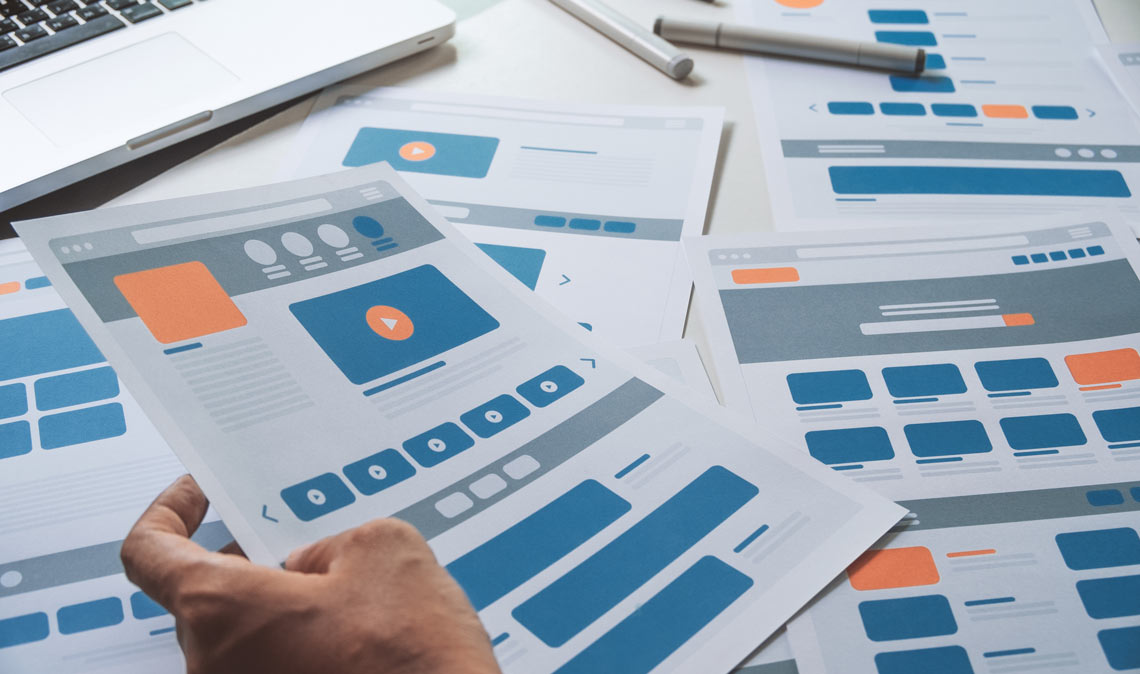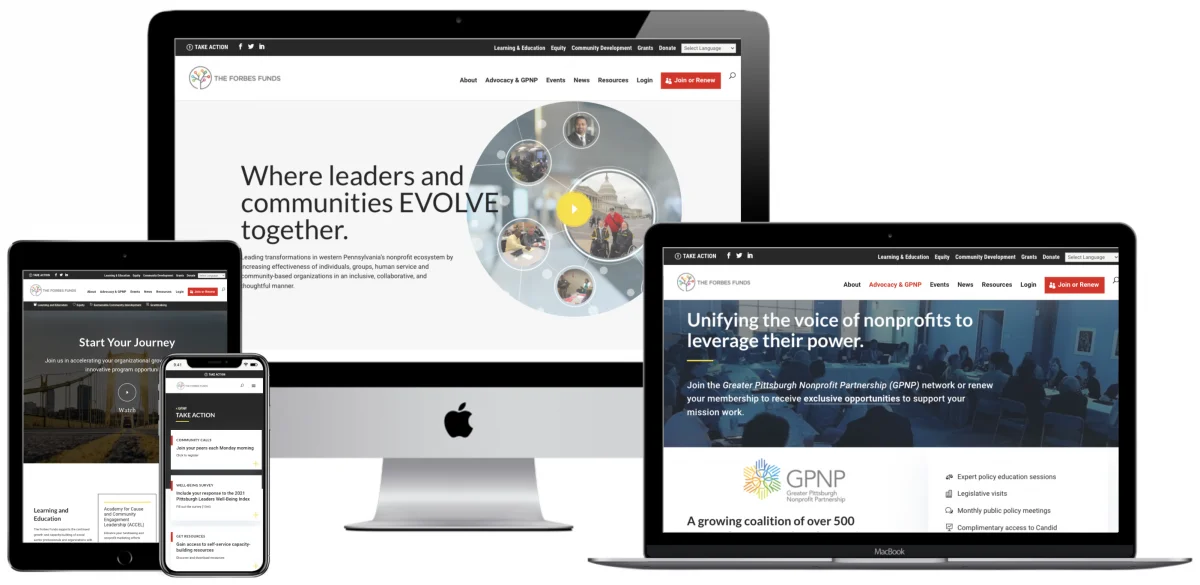It is now easier than ever to build a website for yourself or your business. But what makes one website stand out from another? What makes one website usable or memorable and another dysfunctional or irritating?
The difference is good design.
UI vs. UX Design
You may have encountered the terms UI or UX in relation to website design and wondered what they mean. Although they are sometimes written together as UI/UX, they are two distinct approaches to design. Understanding the differences between these terms is much simpler than you might expect.
UI refers to user interface, or the way a website looks. This includes elements like typeface, colors, and images, as well as the buttons, scroll bars, and text entry fields users rely on to navigate the site. It is important that the user interface of the site matches the tone and function of the brand it represents because it provides the user’s first impression of an organization. For this reason, UI designers conduct research using surveys to test how visual changes to a website might alter how visitors respond to the site. Then they refine their design for optimal user appeal.
UX refers to user experience, or the way a visitor feels while using a website. Whereas UI focuses on the appearance of a site, UX focuses on the functionality of the site. If the UX of a website is frustrating or counterintuitive, users are likely to abandon the site for one that it is easier or faster to use. To avoid this scenario, UX designers often create wireframe renderings of their websites–stripped down designs that focus on basic functionality without concern for appearance. This basic website plan can then be prototyped, validated, and refined to provide the optimal user experience.
How UI and UX Work Together
Both UI and UX are important components of a website. While strong user interface draws users in, a well-designed user experience keeps users engaged with the site and encourages them to return. In fact, Google data suggests that when you offer an engaging and enjoyable experience, your users will associate those positive interactions with your brand!
Website design is often a collaborative process between the UI and UX design teams. As UX designers validate the usability of a website, they may add, delete, or combine elements, such as tabs along the side or top of the page. These changes then require the UI team to make visual adjustments, like resizing the tabs, to unify the design. A website’s design is a product of negotiation between UI and UX designers.
Why Should I Think about UI and UX?
The way users engage with the internet is constantly evolving. Websites are no longer simply accessed by personal computers but must adapt to mobile devices and the advantages and limitations such devices present. Similarly, the rise of screenless interfaces that rely on gestures or voice demand innovation in user experiences.
Therefore it is important to consider what professional website design really offers. Reliable designers will provide both a polished, unique design as well as effortless, efficient functionality. Two sides of the same coin, knowledgeable UI and UX designers create websites with lasting, positive impacts that put your organization a step ahead.
So, is it easier to DIY or hire a pro? Take a look at this piece we wrote to find out. Now, do you feel overwhelmed and need to hire a professional UX team? Get in touch! You can also learn more about UX design services, as well as how to hire a subject matter expert, such as an on-demand design team.

Brittany Howard hails from Columbus, Georgia, where she lives with her three cats and teaches college English. She holds an M.A in English from Valdosta State University.

